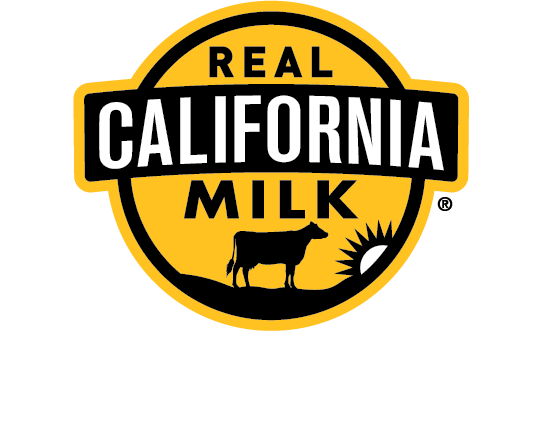Ice Cream
A scoop of Real California ice cream adds perceived value and satisfaction to any dessert.
California has been the nation’s number-one ice cream producer for 20 years. It’s a sweet treat that’s enjoyed on menus nationwide.

Ice Cream Facts
- The most popular ice cream flavors in the nation are vanilla, chocolate, Neapolitan and strawberry.
- Ice cream is made by stirring, while freezing, a combination of milk or cream, sweetener and flavoring. Rapid freezing helps keep ice crystals small, while agitation incorporates air into the mixture, increasing volume. Both produce the unique creamy texture we love.
- Aeration helps keep ice cream soft enough to scoop, although too much aeration, or overrun, is considered undesirable.
- Commercial ice cream mixes are pasteurized and homogenized before freezing and mixing and usually contain stabilizers and emulsifiers to improve texture and body.
- Commercial ice cream must contain at least 10% milkfat to be called ice cream; some premium varieties contain as much as 16% milkfat.
Ice Cream Storage and Handling
- Store ice cream in a sealed container in the freezer, set at 0°F.
- The “best used by” date stamped on some ice cream cartons tells you how long the product will be at top eating quality.
- To soften ice cream, transfer to the refrigerator for 10 to 20 minutes before serving. For faster softening, place the ice cream in its cardboard container in a microwave set to high and follow these timing guidelines (not recommended for products in plastic containers):
- One pint = 10 to 15 seconds • One quart = 15 to 25 seconds • One half gallon = 30 to 40 seconds
- After serving ice cream, return the carton to the freezer immediately to help prevent ice crystals, which can form when ice cream partially thaws and then refreezes.












